My family just returned from a once-in-a-lifetime trip to Peru. We visited Machu Picchu and other Inca ruins, the Andean city of Cusco and Peru’s capital, Lima. We were astonished by the complex buildings of the Incas, touched by the warmth of the Peruvian people and delighted by the delicious food we ate. It was one of the best trips of my life.
Naturally, I could not visit an amazing gastronomical city like Lima and fail to visit one of its food markets. My family was somewhat perplexed by my insistence that we carve time out of our busy schedule to visit the famous Surquillo Market, but they were immediately entranced by the displays of exotic fruits from the Amazon, the grisly butcher counters and the, shall we say, fragrant fish stalls.
When you walk in to the market, located in the middle class district of Surquillo, the first thing you notice are the fruit vendors. Sure, you may recognize the apples and bananas for sale, but what about the goldenberries, pepino, cherimoya, maracuyá and lucuma?
South America, particularly the region close to the Amazon, is home to countless varieties of tropical fruits that we never see in the United States, either because they are too fragile to travel such long distances or because there is insufficient demand. You can experience many of these new-to-you fruits at the Surquillo Market.
Our guide Hernando bought us cherimoya and lucuma to try. Cherimoya, which is also known as custard apple, has a green exterior that looks like lizard skin and a creamy white interior marked by large black seeds. It is extremely sweet, indeed too sweet for my taste. Apparently, Mark Twain loved it however.
Lucuma has a smooth green exterior like an avocado and an orange interior. The fruit has a starchy texture like a sweet potato, but a lovely, delicate flavor. While I was not a fan of raw lucuma, I did enjoy several locuma-flavored desserts during our trip, including lucuma mousse. I gather it makes excellent ice cream.
The South American fruit that I fell hardest for, however, was the goldenberry, which looks like a large ground cherry with its papery husk. These fruits, which are native to Peru, are also known as Cape gooseberries. I loved how they tasted raw, but liked them even better with a crunchy toffee coating. I hope to be able to find them back in the States to cook with them myself.
Another way to enjoy tropical fruits is to visit a juice bar, which are all over Lima. Our family stopped at a local organic juice bar, La Gran Fruta, after our trip to the market and it was the perfect mid-morning pick-me-up. My and Zuzu’s choice was mango-strawberry-maracuyá.
You will also find beautiful vegetables at the Surquillo market, including Peru’s own yellow pepper, or ají amarillo, which is an important seasonings in Peruvian cuisine and the famous Andean corn or choclo. Ají amarillo gives causa, a mashed potato cake that is a common appetizer, its yellow hue. The purple choclo is used to make the sweet drink chicha morada.
But the Surquillo Market has much more than just fruits and vegetables. This market is a one-stop shop for many locals with stalls selling pantry items, butchers and fishmongers. The butcher counters are especially remarkable. Prepare yourselves for whole chicken hanging by their feet with their necks slit open, organ meats on hooks, and giant pig’s trotters. These sights were quite a shock for my children used to sanitized American supermarkets.
The Surquillo Market is especially known for its fish counters which feature fresh-caught fish from the nearby Pacific as well as many kinds of shellfish. Some of the shellfish is so fresh that it is still alive! My children were amazed to see small crabs scuttling about.
You can even sample some of the incredibly fresh seafood at the market’s food stalls. Andrew Zimmern of the Food Network show “Bizarre Foods” did a short segment on the ceviche at the Surquillo Market with Peru’s own celebrity chef Gastón Acurio, which is worth a look.
Having visited other great city markets, such as Montreal’s Jean-Talon market, Seattle’s Pike Place market and Stockholm’s Östermalms Saluhall, I was fully aware of how fun and eye-opening a visit to a food market can be when traveling. Lima’s Surquillo Market did not disappoint me. If anything, the Surquillo Market was the most eye-opening of all the markets I have ever been to. Indeed, I certainly saw more new and unfamiliar ingredients there than any other market I have ever visited.
So, wherever your travel plans take you in 2016, I hope that you will take some time to visit a local market.
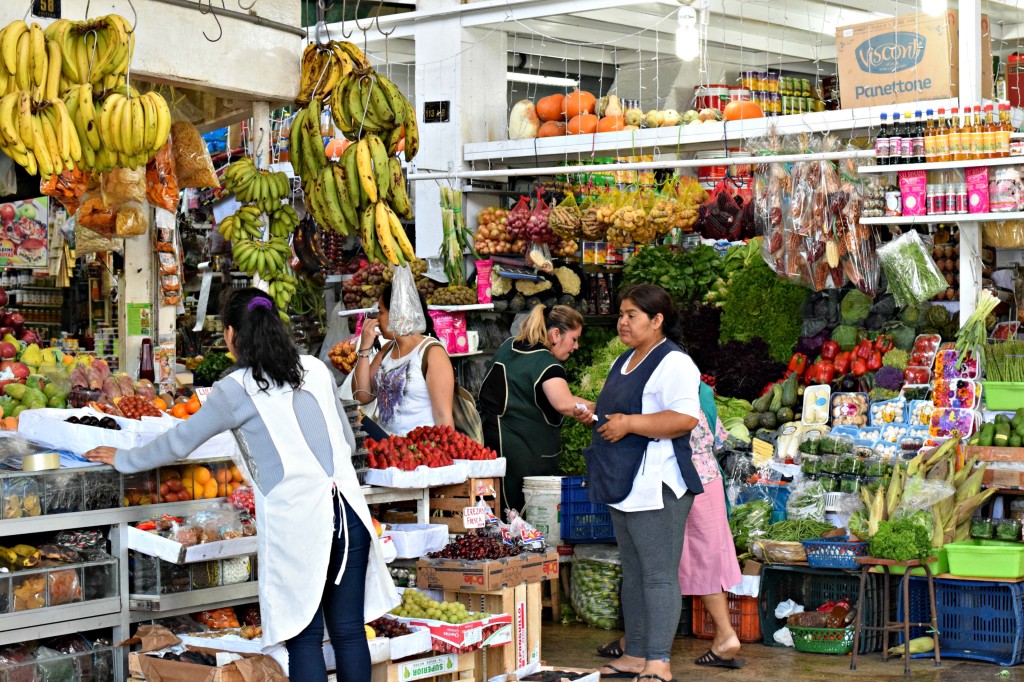
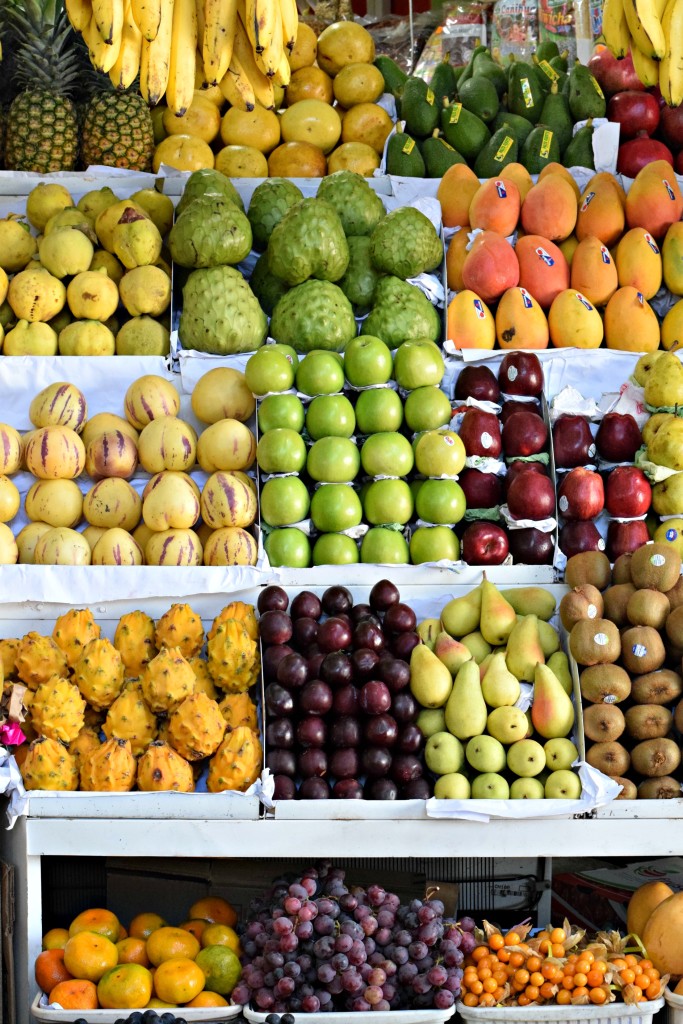
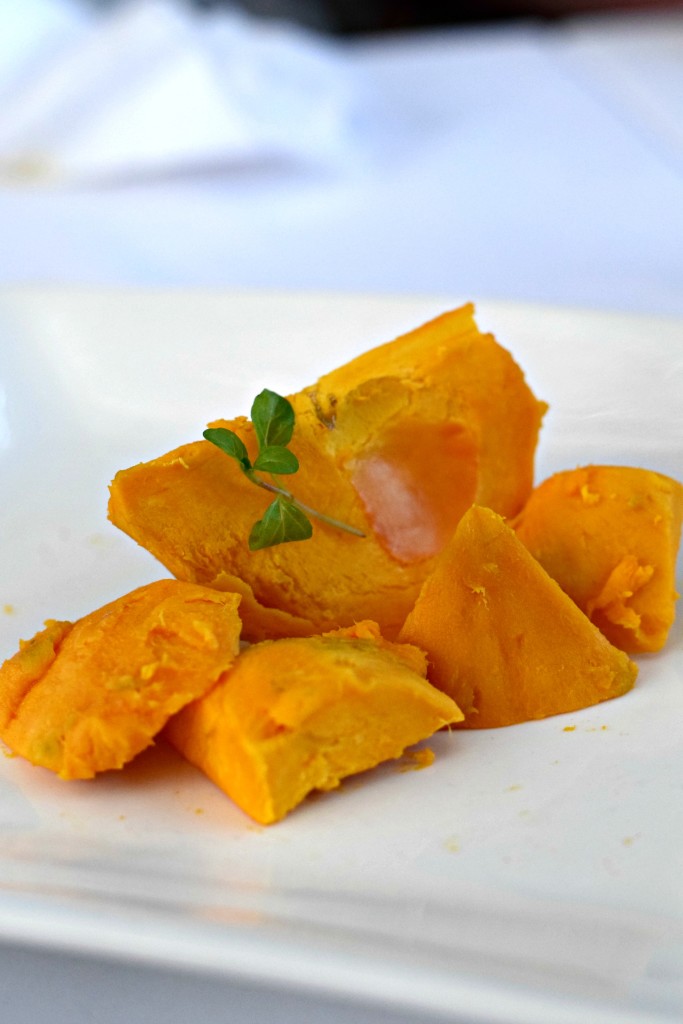
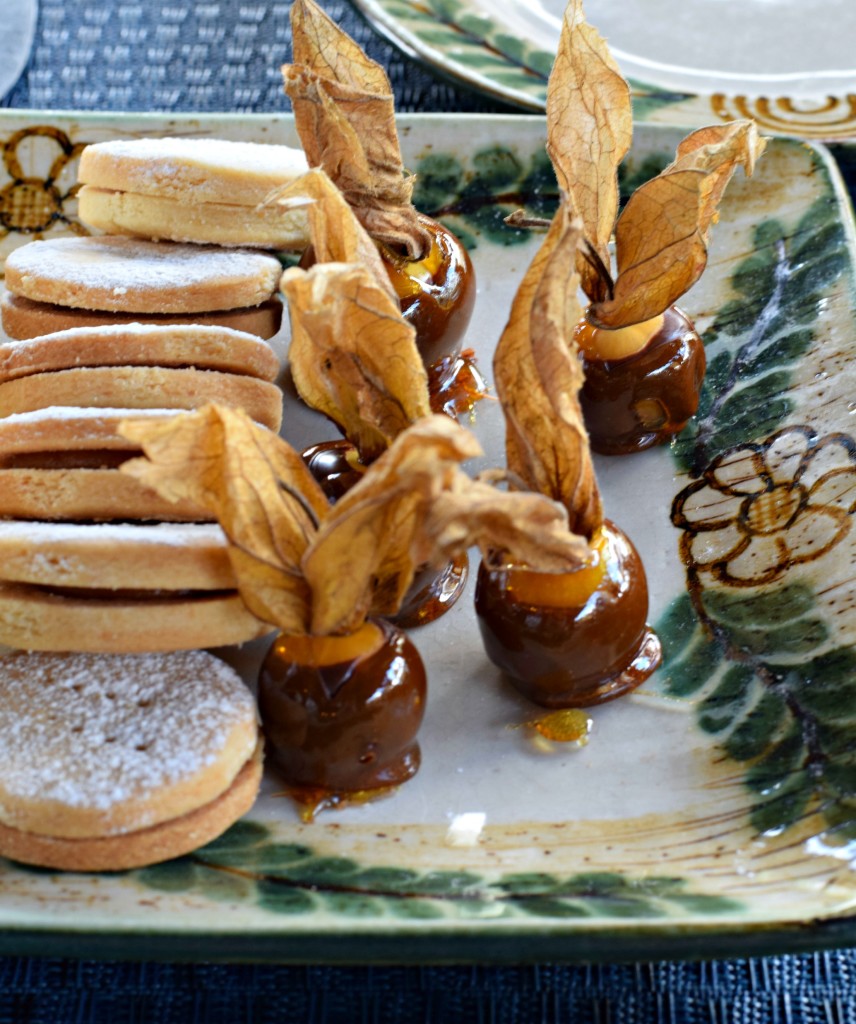
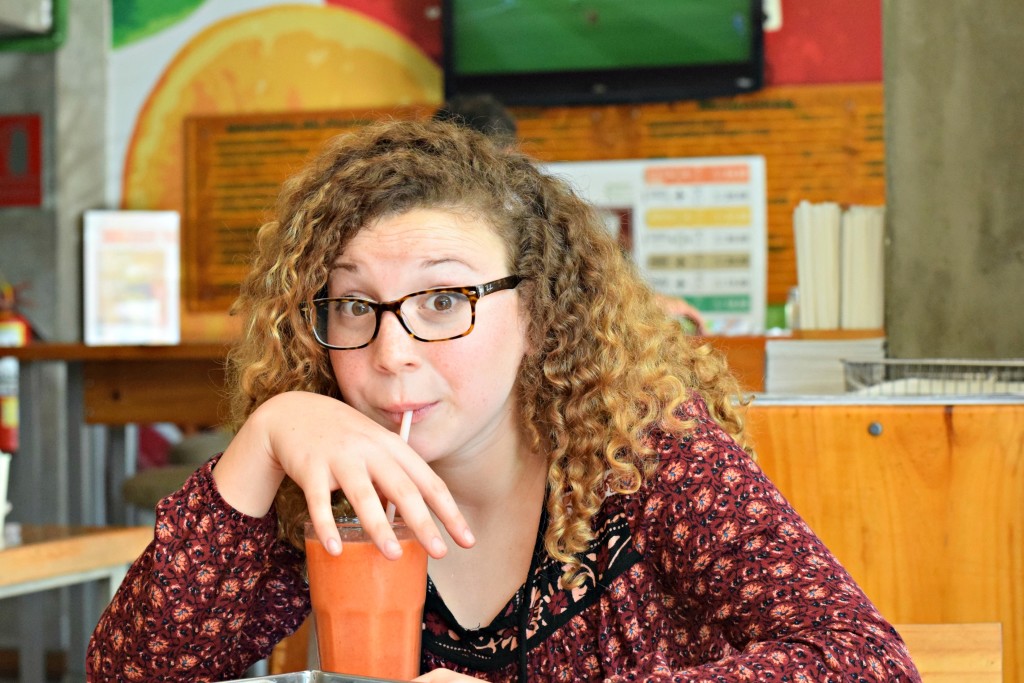
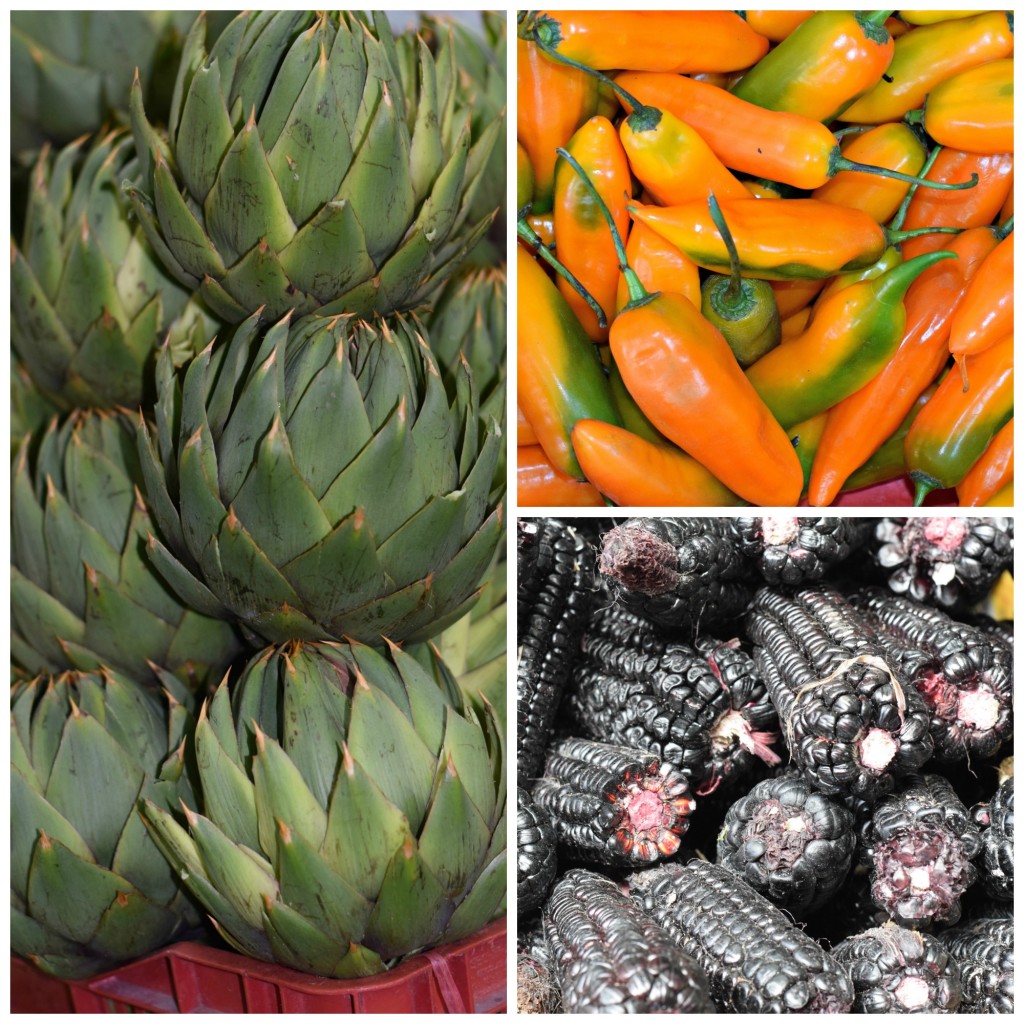
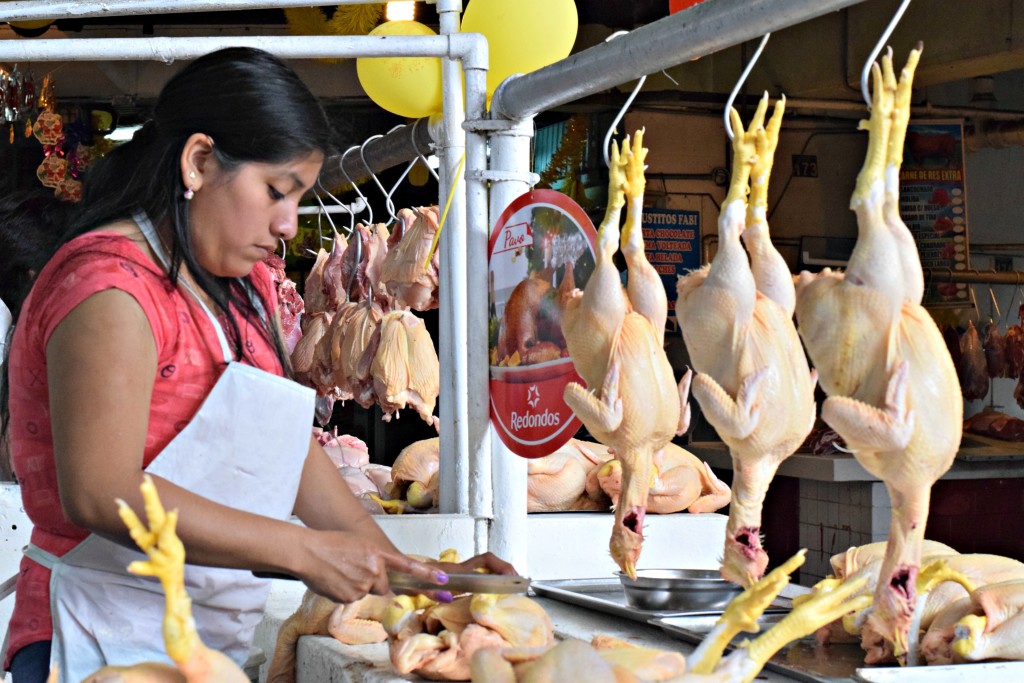
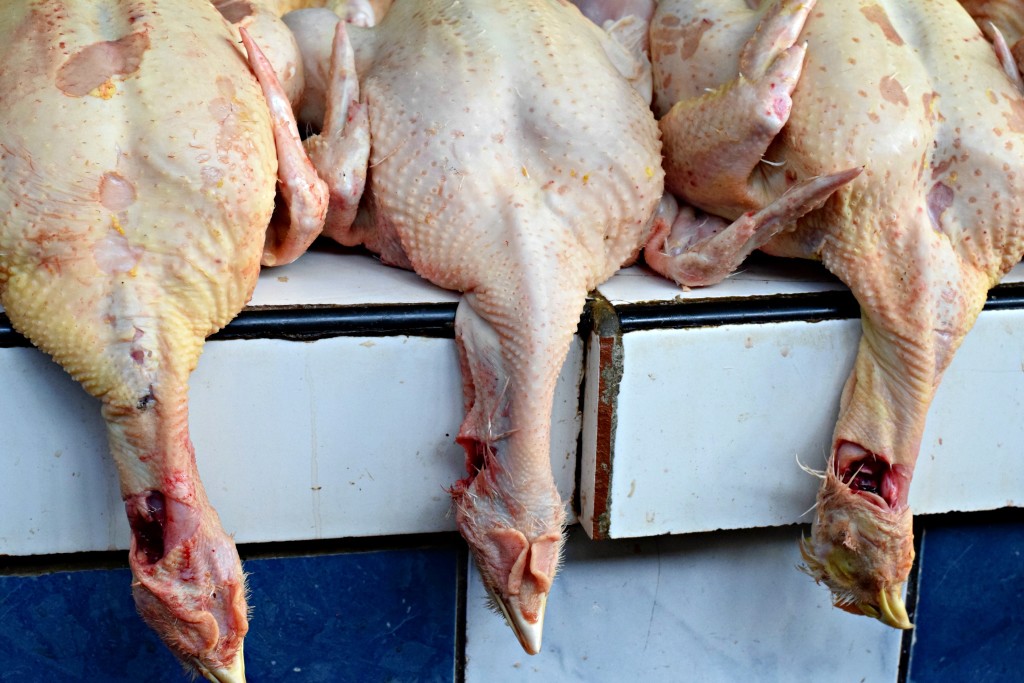
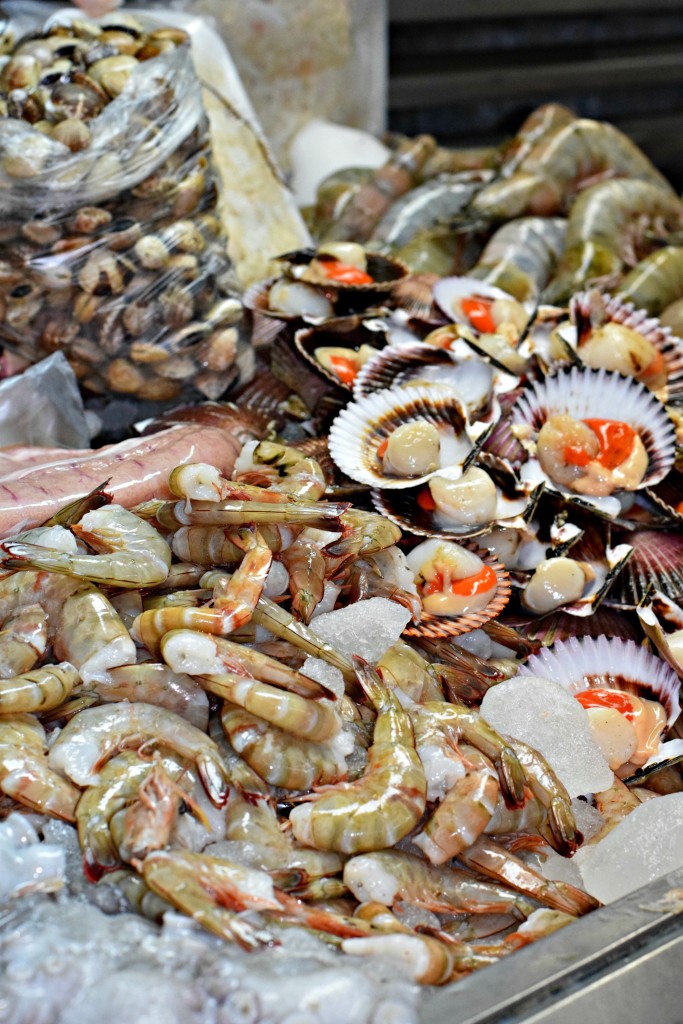

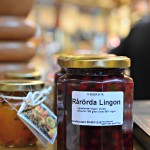
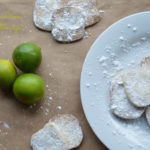

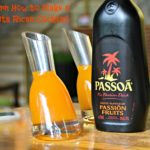

Markets are my favorite way to get to know a city and culture, hands-down. Everything looks incredible!!
They have such amazing natural resources in Peru!
I saw goldenberries at Mariano’s over the weekend. They were in a clamshell, without husks, shelved with the other berries.
Ooh! I’m going to look for them. They are delicious and one of our hotels had a goldenberry jam that was phenomenal.